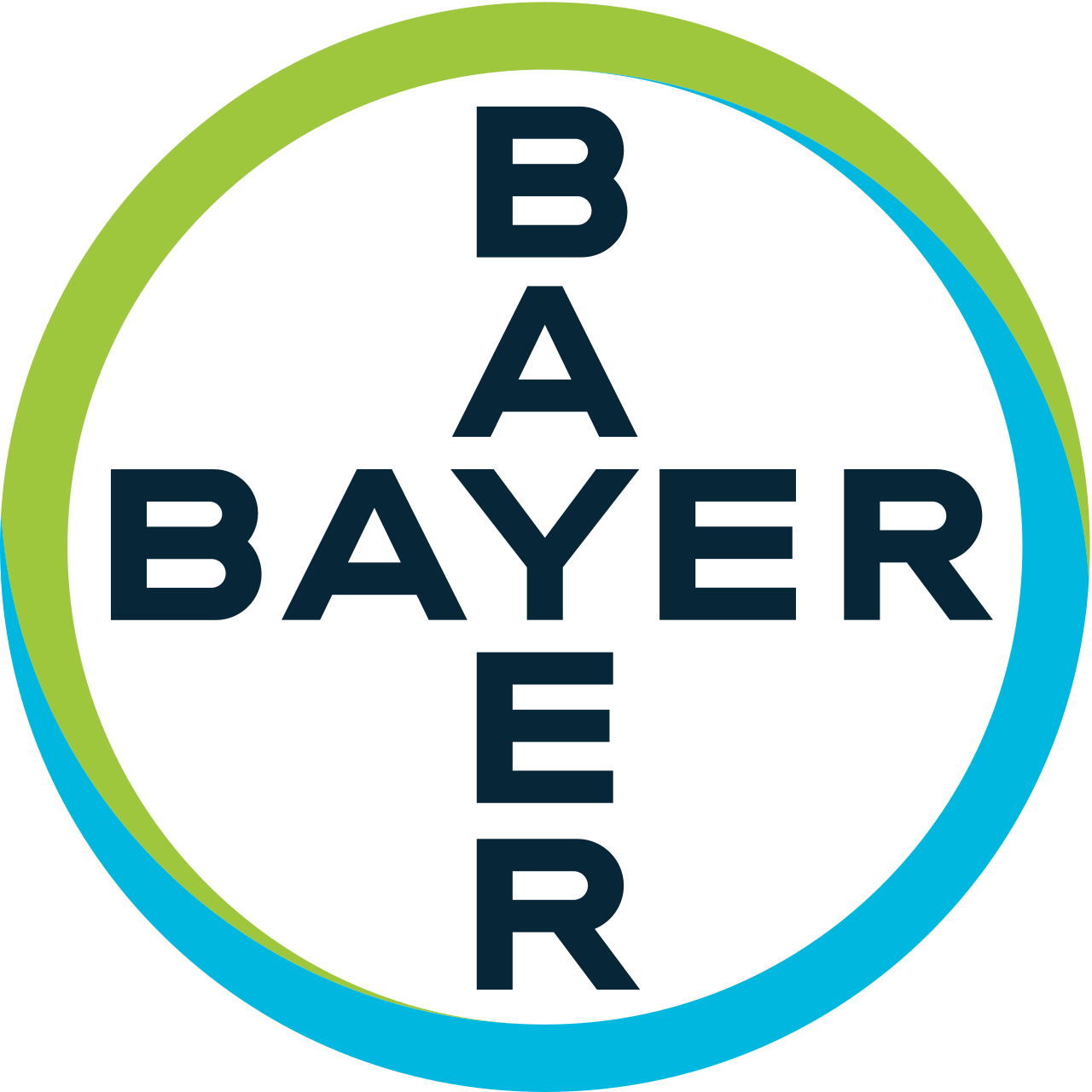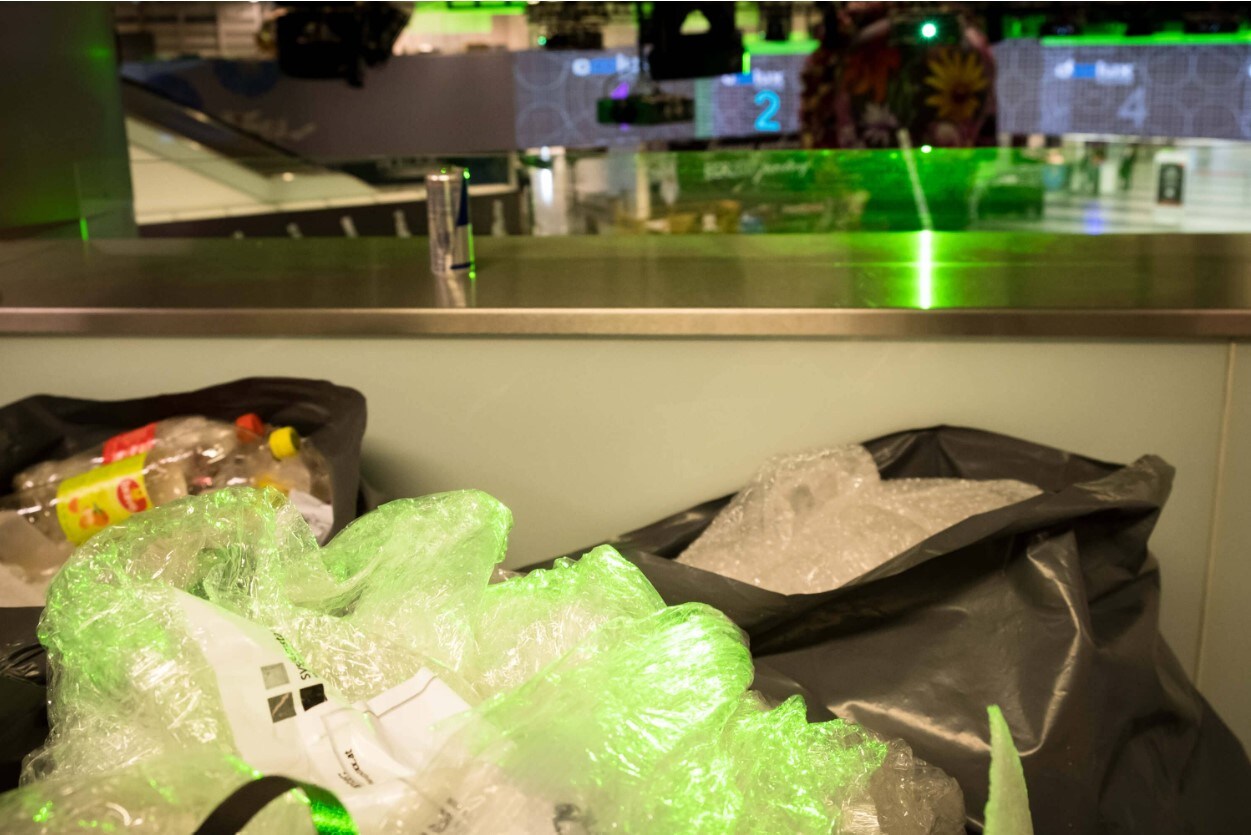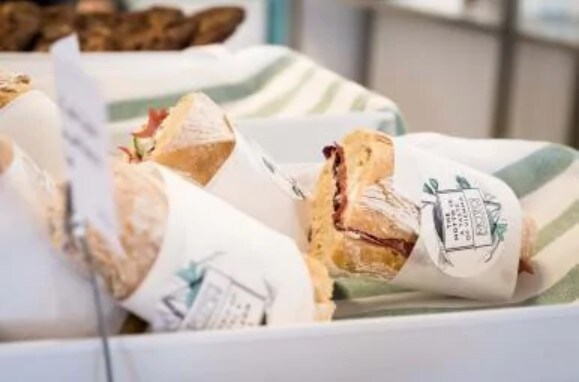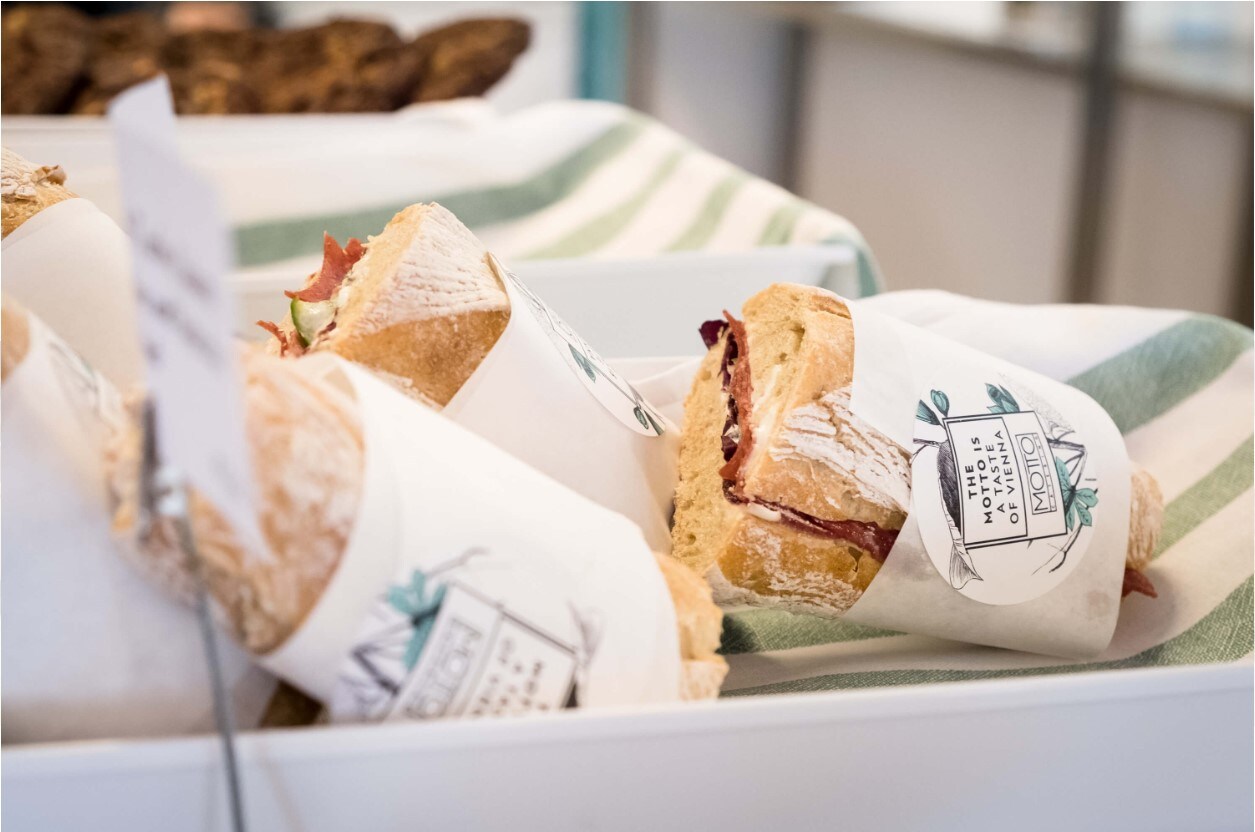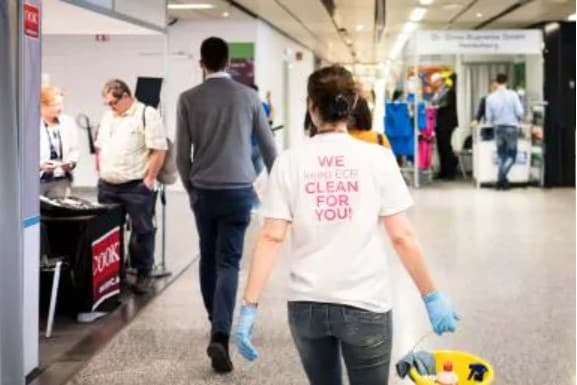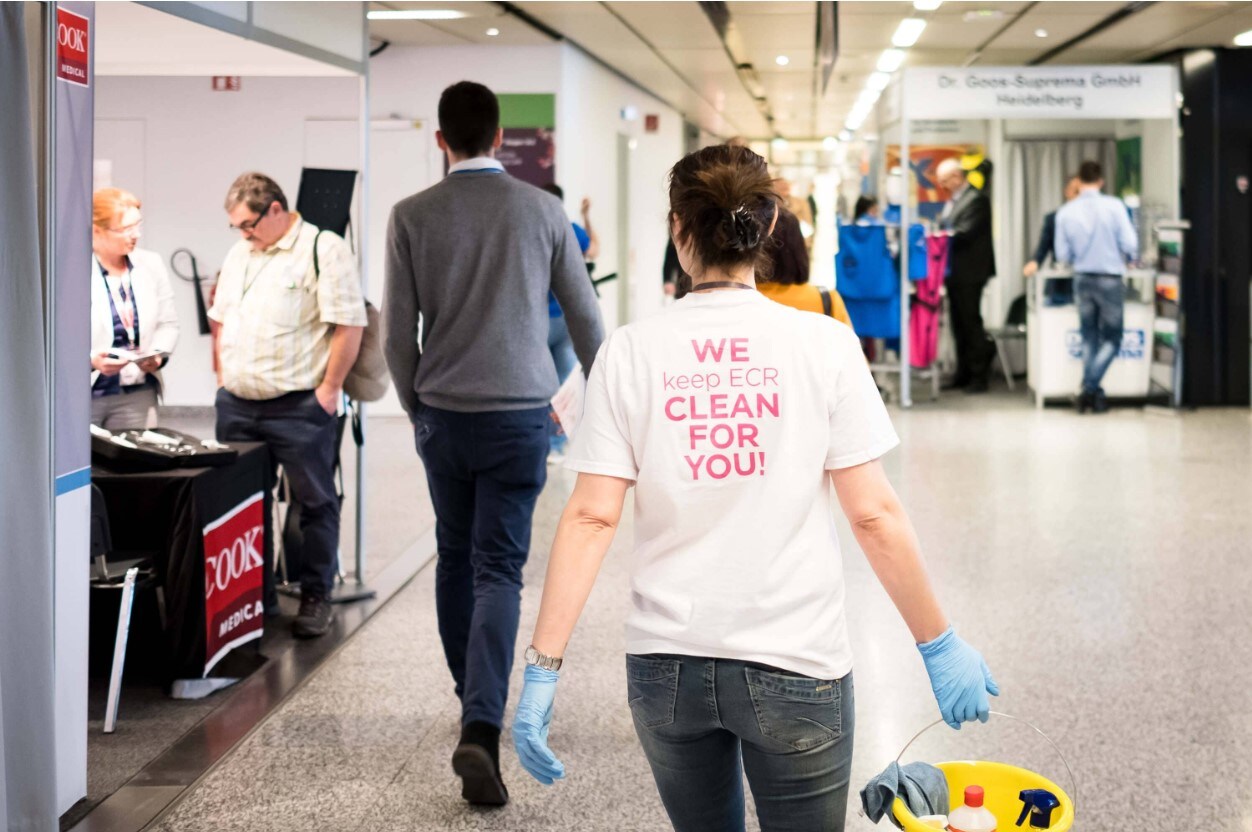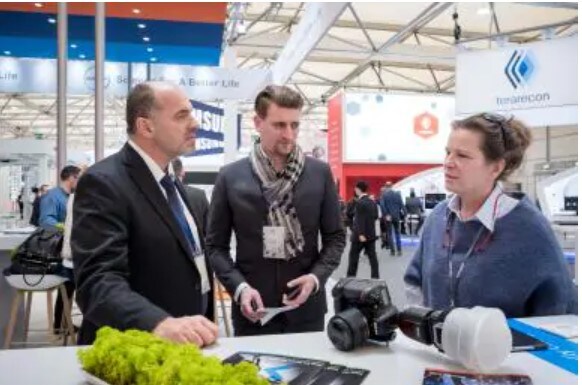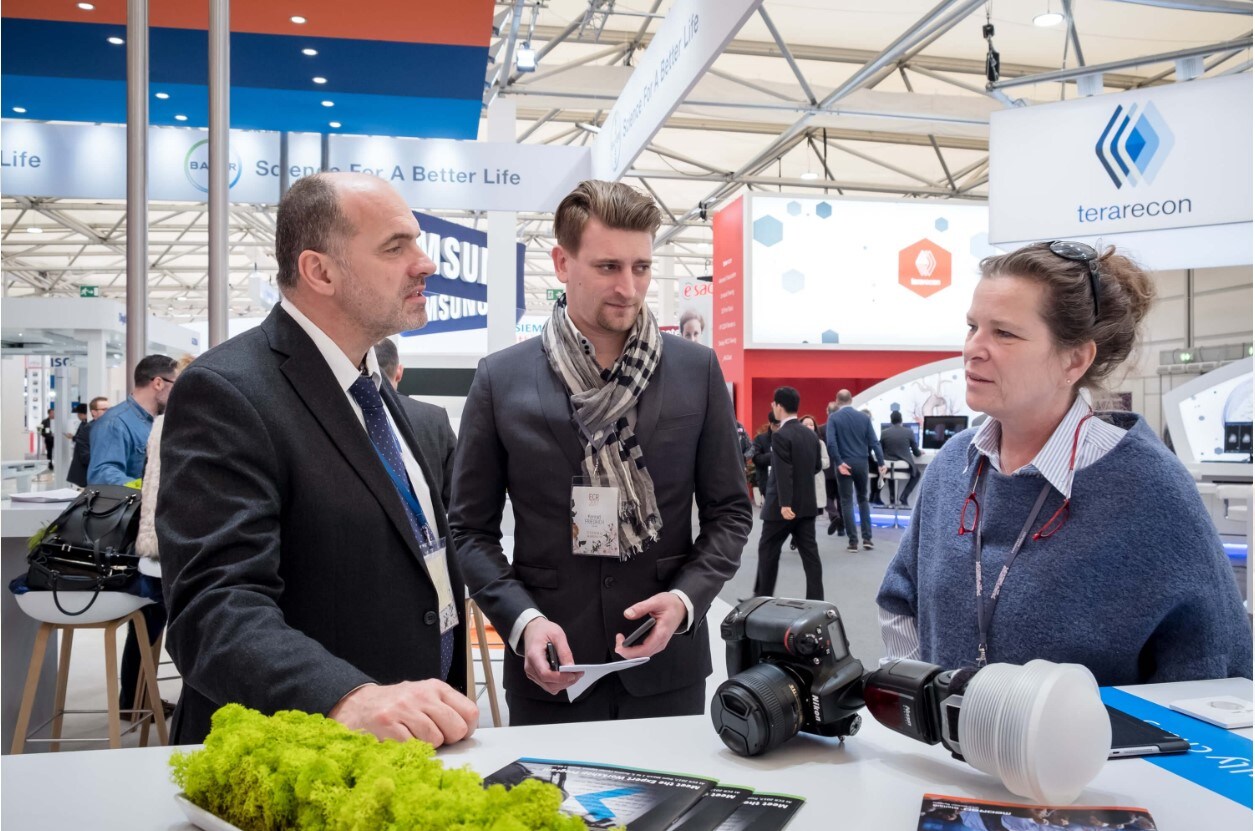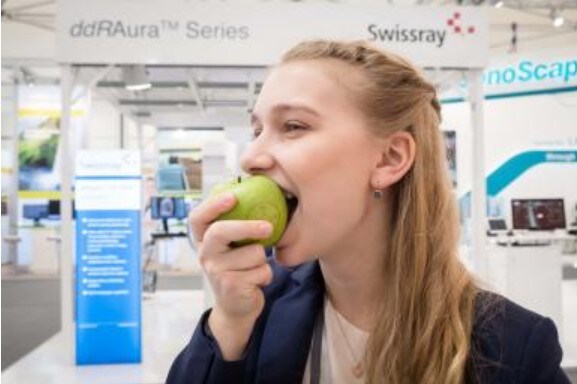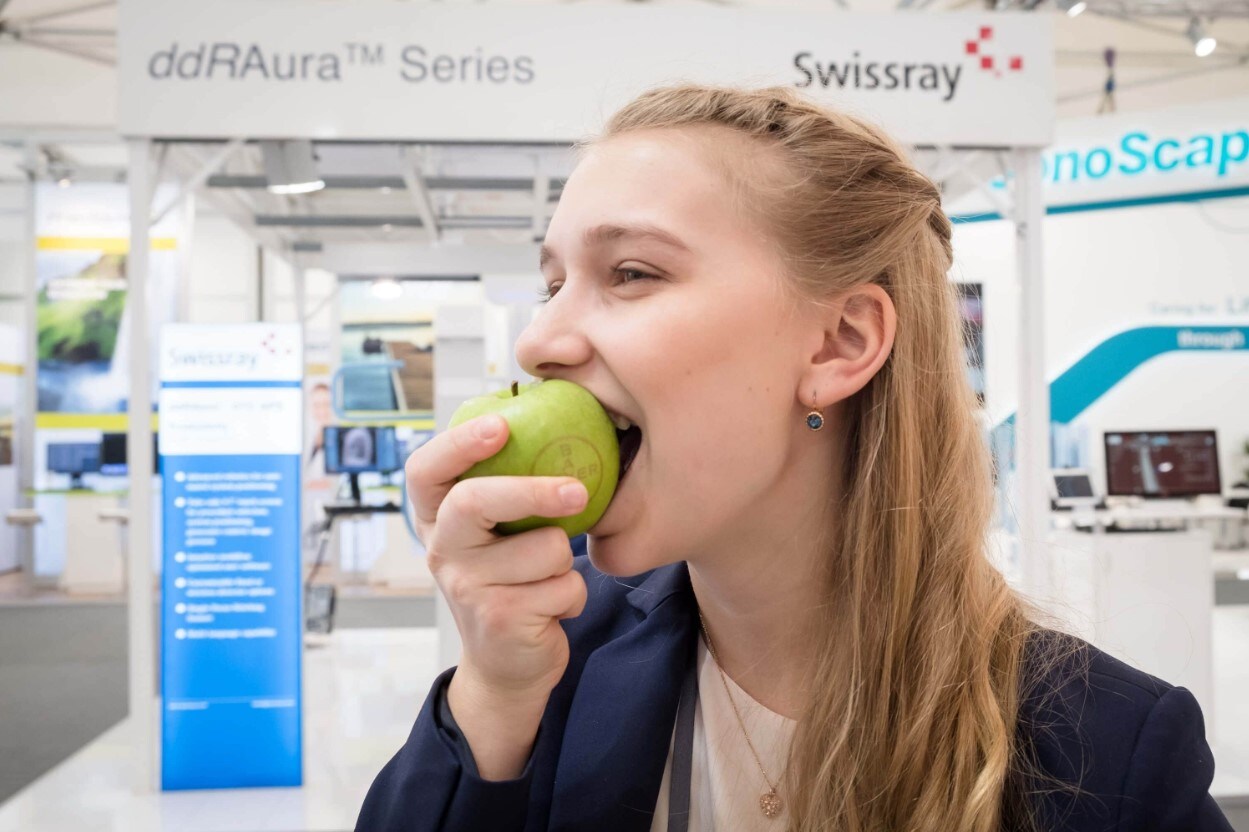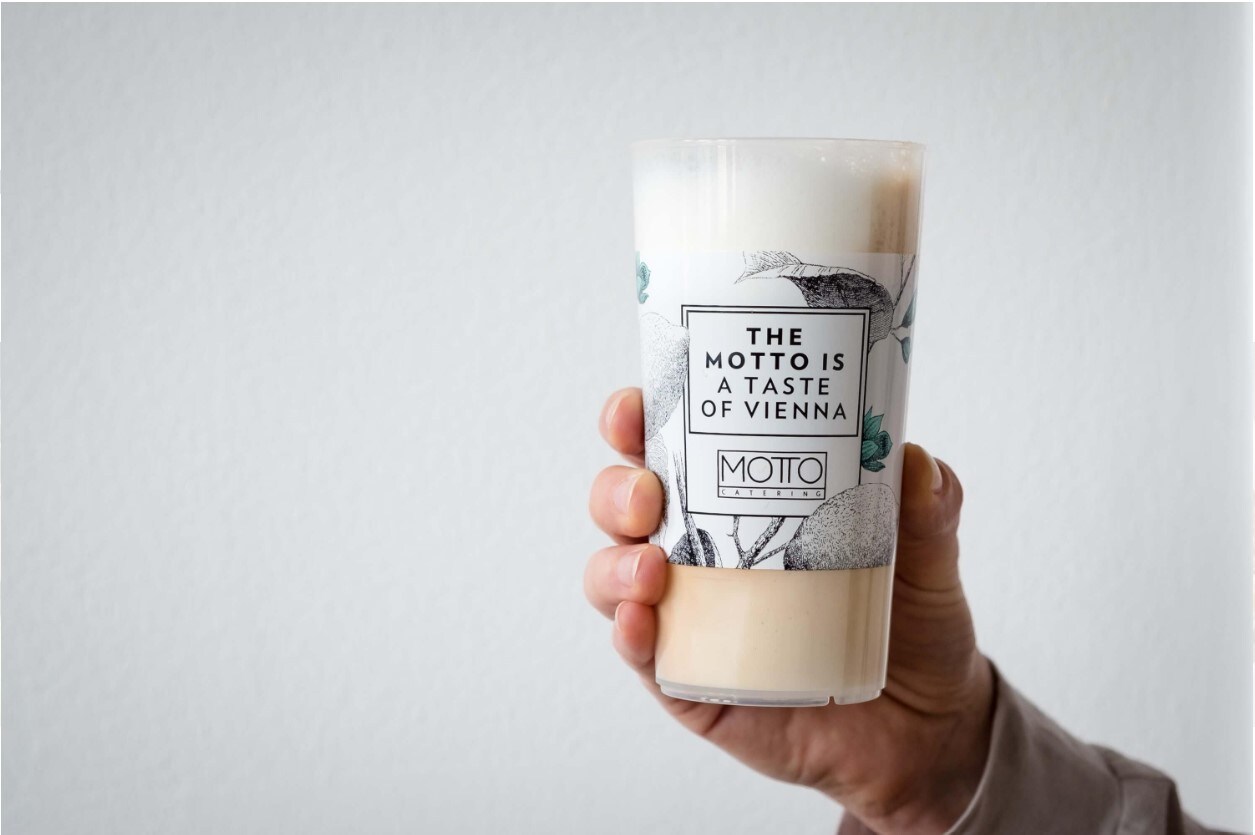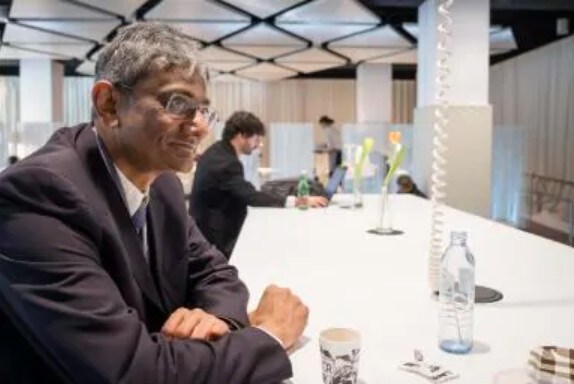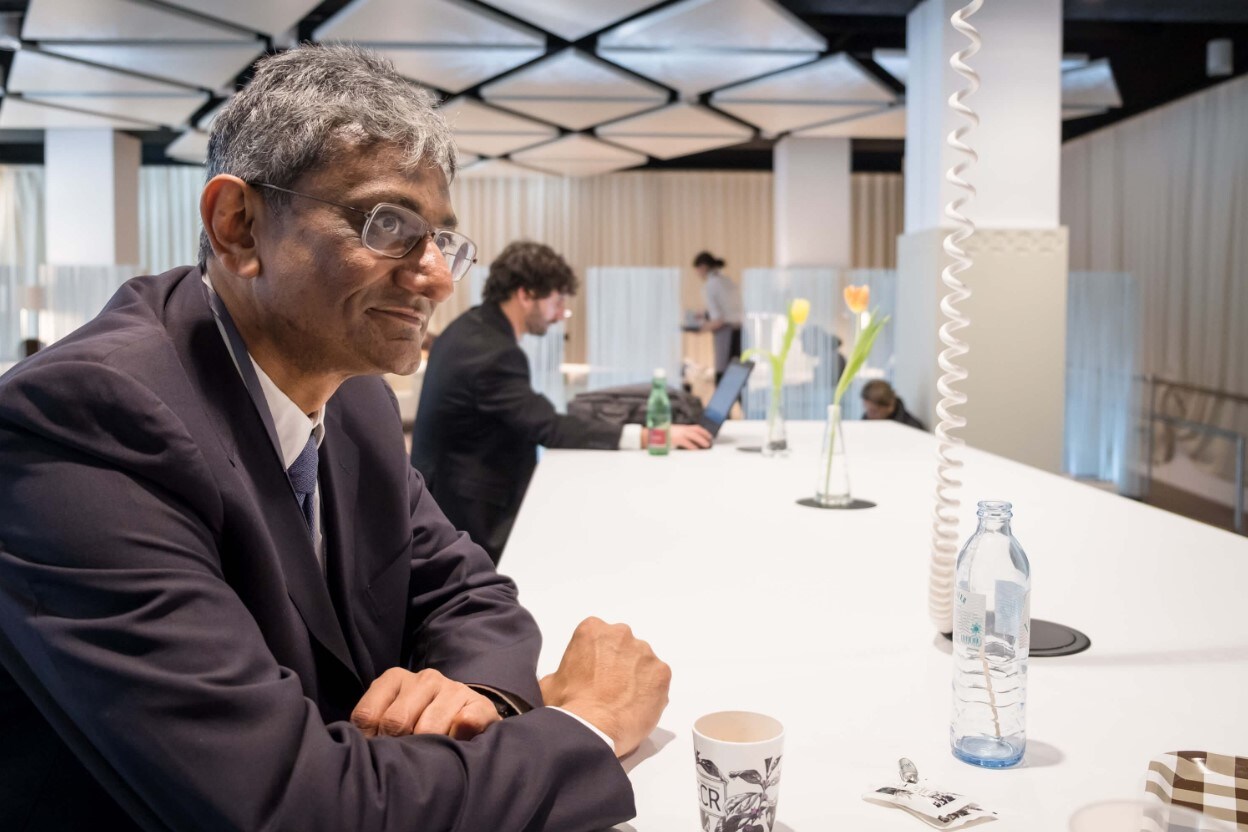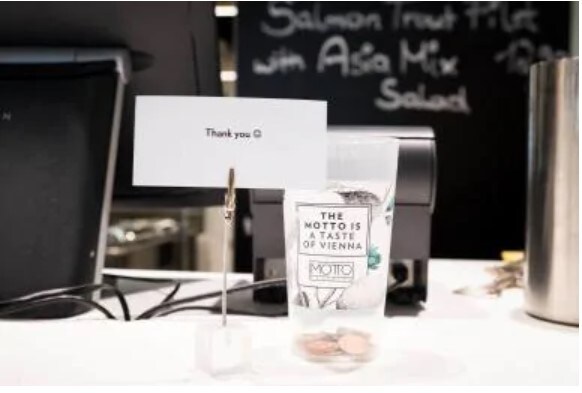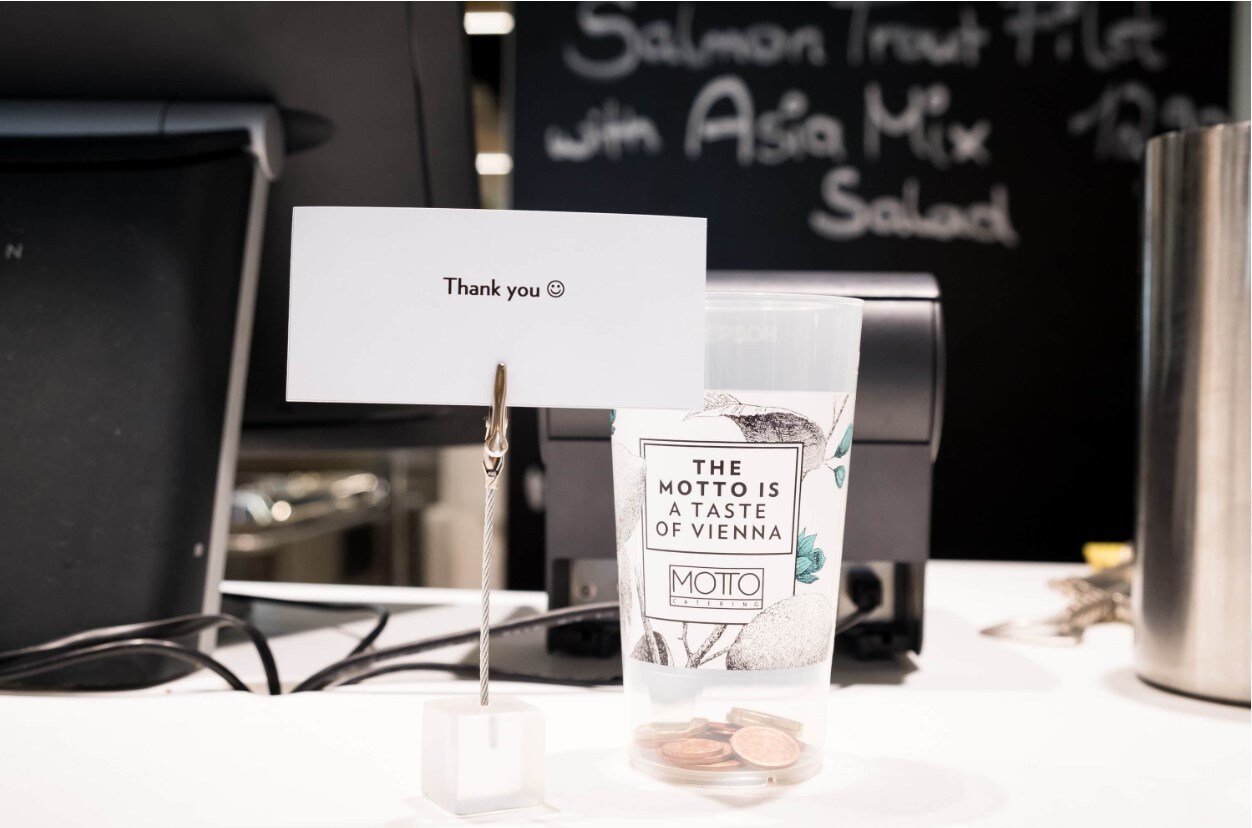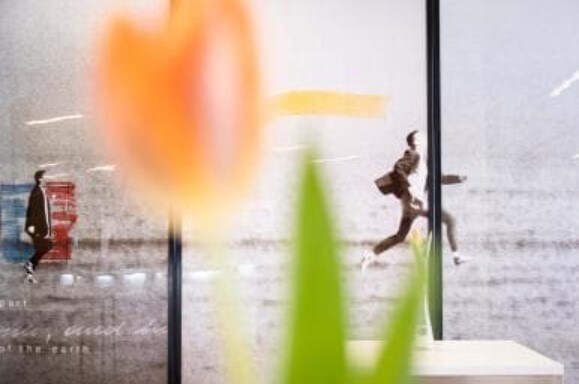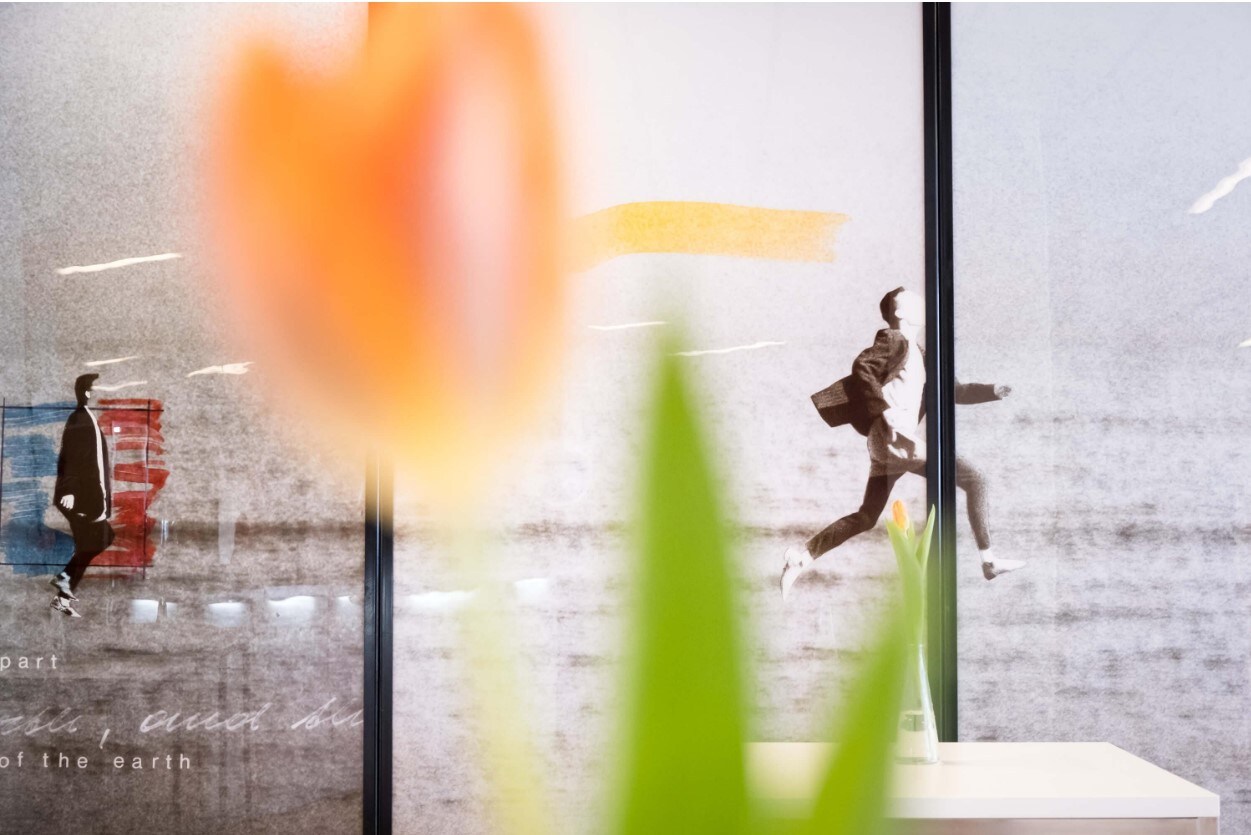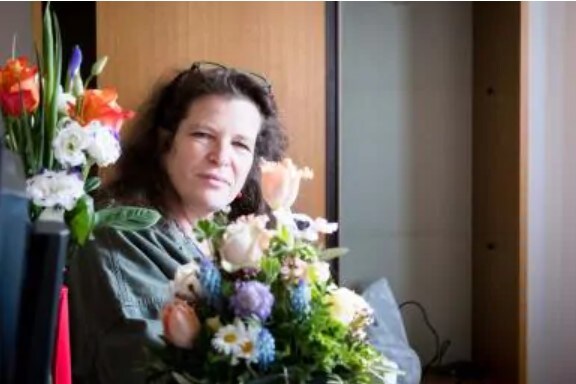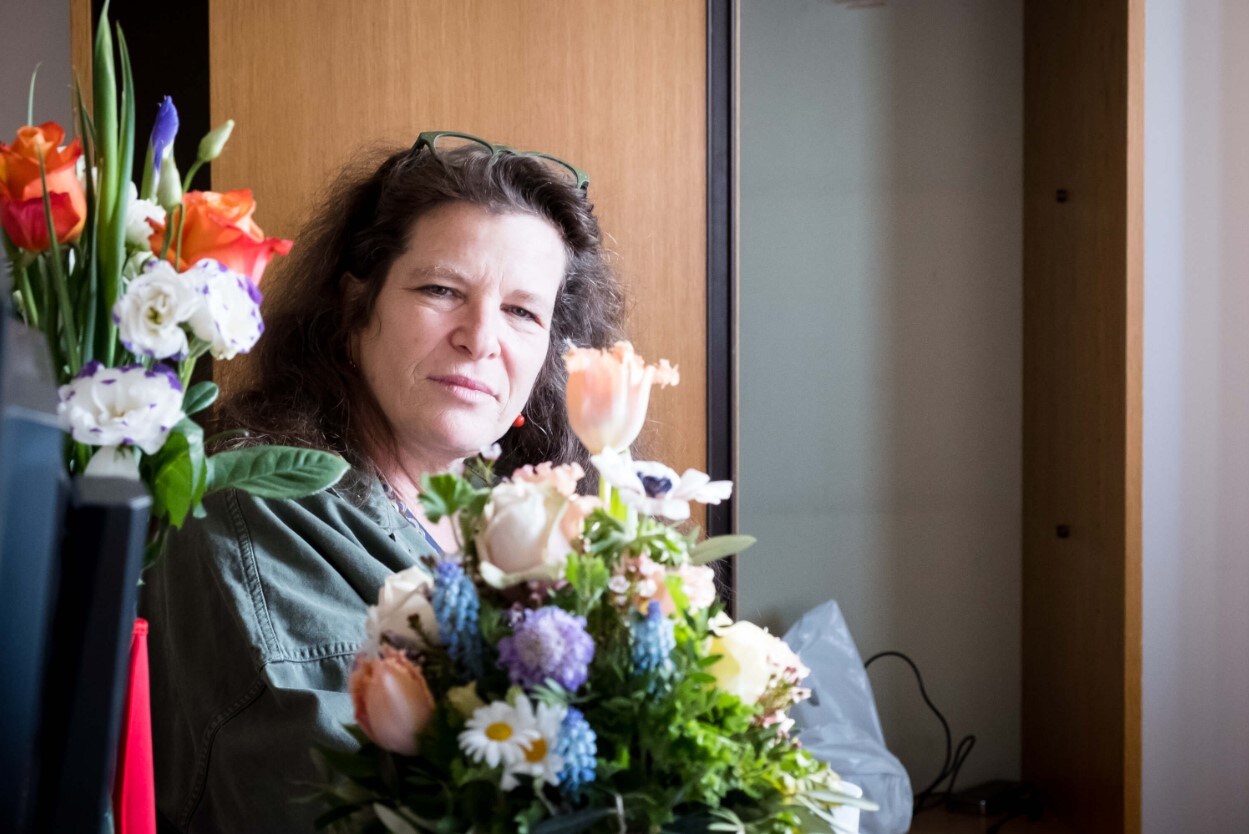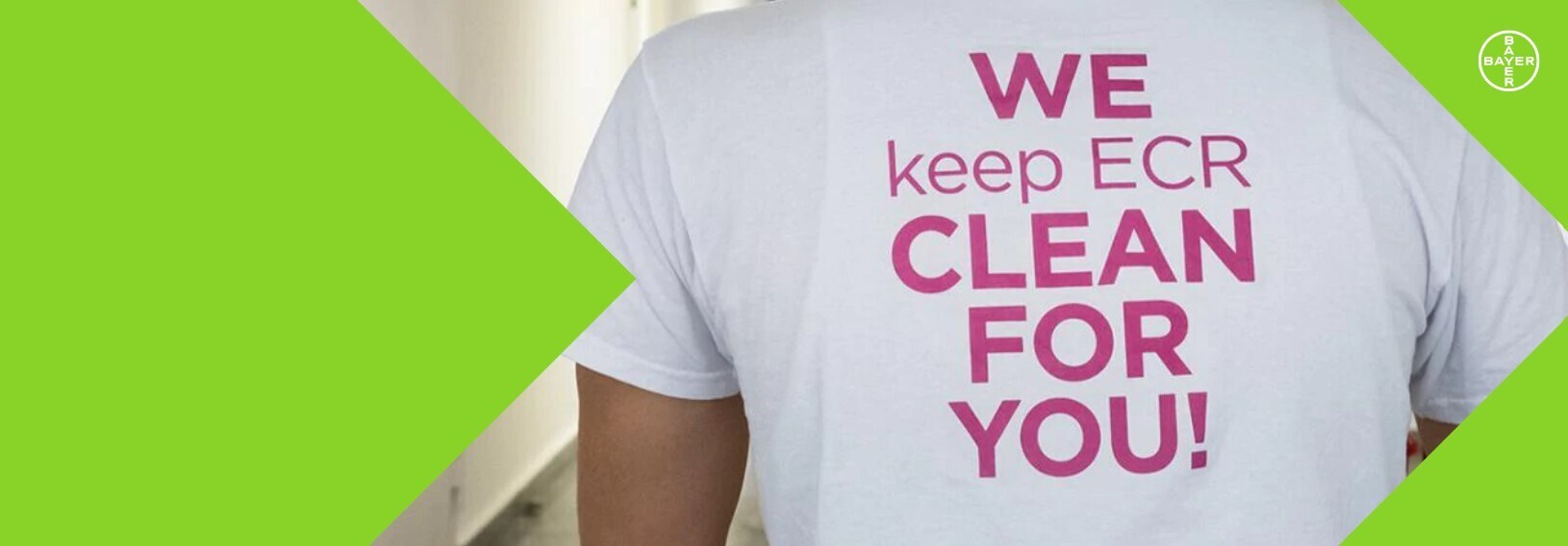
European Congress of Radiology
In Green We Trust
Konrad Friedrich, ESR’s Head of Conference Management & Marketing, talks about advantages and difficulties of a Green Certificate.
radiology.bayer.com: Why did the ECR want to be certified as a Green Meeting?
Konrad Friedrich: First, environmental protection is becoming more of a prominent issue in Austria. Second, we believe that environmental certification will eventually become law, and we want to be prepared for that. Third, we want to set an example: the whole conference industry is a “dirty business” in this regard, with 89% of participants traveling by airplane. The high [CO2] emissions are damaging to the environment. The amount of waste produced was reduced by half the year we gained certification. Before, waste was always separated retrospectively. Proper waste segregation is a criterion for certification – although we already did this before we applied for the eco label. The in-house caterer, who is also green-certified, makes a huge contribution to reducing waste by completely avoiding the use of disposable tableware, bottles, cans, etc.

rbc: The lunch bags used to be made from jute. This time they weren’t…
KF: Exactly. They are excepted from the regulations. This certification is made up of many criteria; besides environmental considerations and waste reduction, there are also social components. For many years we worked with a community of farmers in Ethiopia who produced cotton bags for us – directly, without an intermediary. They processed the cotton regionally and had their own sewing workshop and the farmers received the money locally.
rbc: Why didn’t you do that this year?
KF: Interesting question. The sponsors didn’t fully identify with it. As a result we changed it.
rbc: Which resources does the ECR use – or waste – the most?
KF: Virtually nothing is wasted, apart from the food that is left over. But due to legal reasons we can’t give it away to projects like food banks – the caterer would be held liable if someone got diarrhea. Apart from food, everything that is thrown away is subsequently separated and processed. Then we get some nice statistics that state that 42 tons of wood, polystyrene, and plastic have been recycled. Theoretically, the participants could also drink tap water, but due to cultural reasons this is difficult to achieve: clean drinking water from the tap is a rarity in most places, which means that a lot people are overly cautious. One year we tried to promote this idea, but then we abandoned it.
rbc: Which organizations set the international standards for sustainable event management?
KF: Although event venues in a number of countries can apply to be certified as sustainable, the event or the event organizer can’t. But there isn’t really anything comparable; this is unique to Austria.

rbc: So the ECR is the world’s only major congress to achieve this certification?
KF: As far as I know, yes. The Austrian Ecolabel is only effective in Austria and is only found in Austria. That was the case in 2015. No other country has a similar scheme. I travel quite a lot, and I haven’t seen anything that requires a city or country to refrain from using disposable items and only provide reusable ones.
rbc: Something similar is currently being introduced in Berlin, the bamboo coffee cup…
KF: That’s a load of garbage! We spoke about that with our consultant, and he thinks it’s all a bit of a sham. In Austria, there’s only one plant where those things can degrade properly. And the process takes a long time, too. The same goes for coated paper cups. Bamboo cups aren’t a problem at small events, but for 20,000 people it’s quite a different prospect. Our solutions need to be suitable for large-scale use: What if we use banana leaves, or certified paper cups, or bowls made of bamboo? No! For us, the solution is porcelain, with normal cutlery. If you order a coffee to go from Motto, our caterer, you get it in a plastic cup, which is later collected and washed. They can be used about 25 to 30 times. And even the dishwashing processes and cleaning materials are certified. It works in a similar way to washing beer bottles. There are three sinks: one with very dirty water, one with less dirty water, and one with clean water.
rbc: Has there been feedback from the participating radiologists regarding environmental friendliness?
KF: No.
rbc: Do radiologists prefer digital media to paper, like at the RSNA?
KF: There are many different preferences. We now have a very special situation in the job market: it comprises five generations, if you include the baby boomers who were born after 1945. On the one hand, there are the “digital natives,” and on the other are those who have never had more than a cell phone in their hands, and are unable to cope with even that. That makes it particularly difficult. The totally paper-free congress is an environmental illusion. We use environmentally friendly paper. Dispensing with paper is not the most environmentally friendly thing you can do. The paperless office? I don’t know of a single one, not even in Silicon Valley. The materials used in the sleek smartphones and tablets weren’t mined in an environmentally friendly way – read rare earth elements. Then there’s the energy – these devices need to be charged. For us it’s easy, as the whole center runs on green energy from renewable sources. The paradigm shift from analog to digital will
take a while yet, I’m afraid.
And regarding the RSNA: for years we’ve refrained from laying carpet in these corridors. But if we did, the carpet would also be reused.
rbc: What can the exhibitors do to support the conference being green?
KF: That’s a tricky issue. The exhibitors are only incorporated to a certain degree, as we can’t really set guidelines
for them.
rbc: But they can also act voluntarily…
KF: That’s something that surely happens. But not only due to environmental considerations, more so on monetary grounds. First there is the fact that a stand isn’t thrown away after one use – that’s sustainability in terms of stand construction. I’ve noticed that a conference stand will be constructed and used for around three to five years.
Then, the companies only have a limited influence on the firms who put up their stands. That was also the reason we decided to separate waste retrospectively. This is partly done on the premises, and then through our partner. They have a huge site to do it on, as there isn’t enough room at the Austria Center.
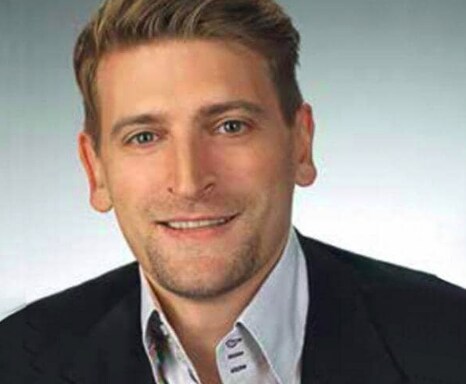
About Konrad Friedrich
Mr. Konrad Friedrich studied at the FHWien University of Applied Sciences in Vienna, Austria. He is currently the Head of Conference Management & Marketing at the European Society of Radiology
